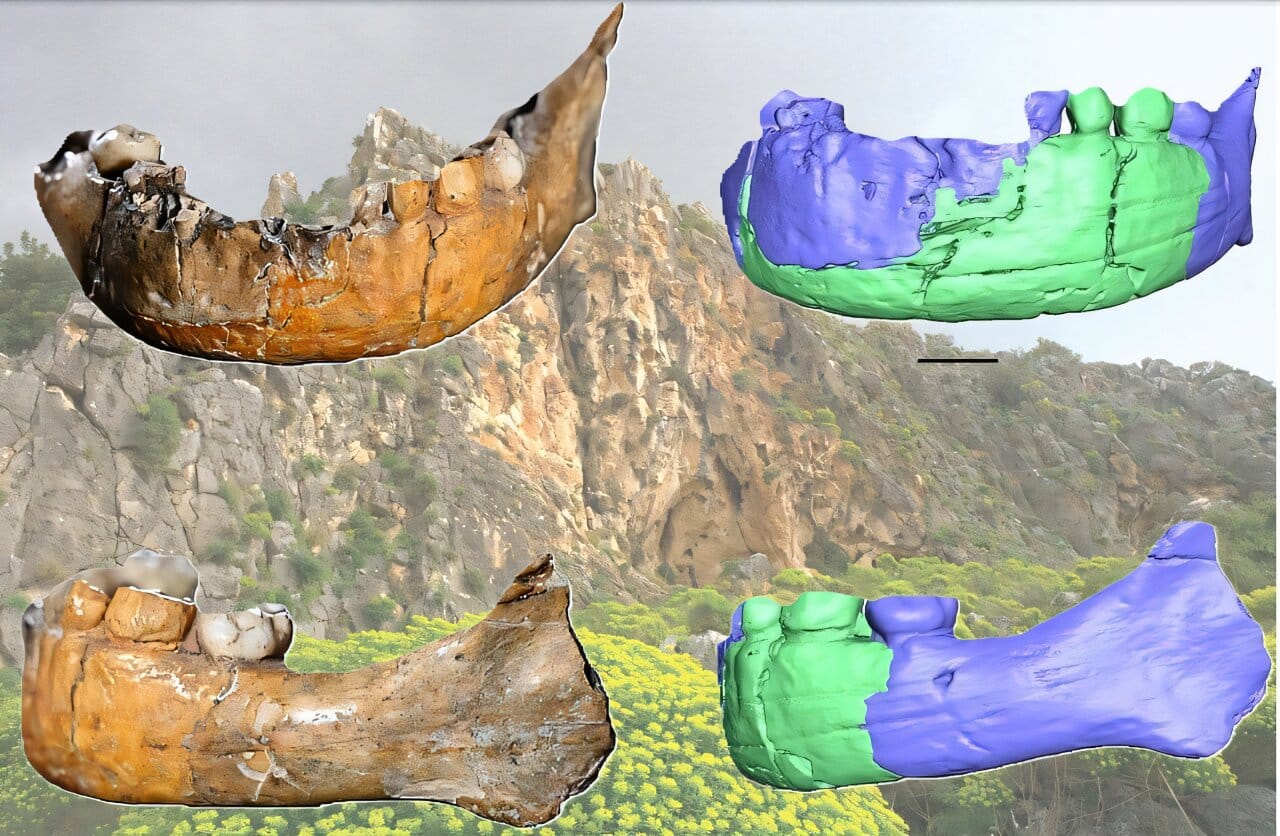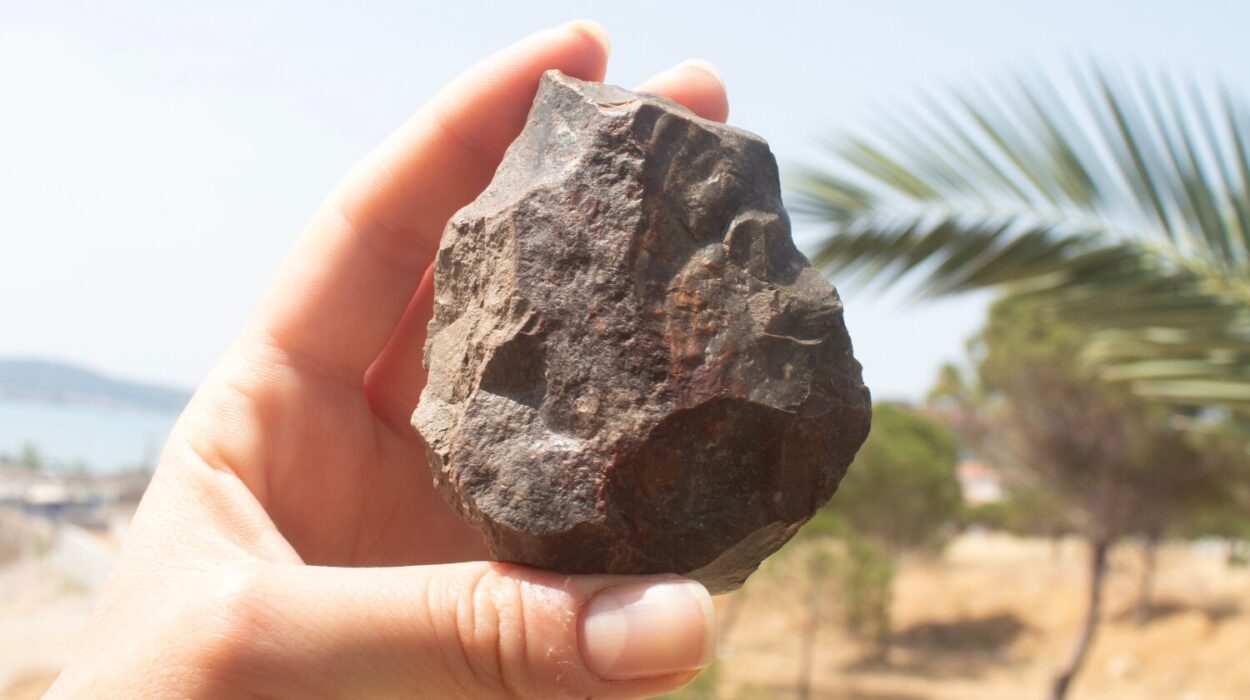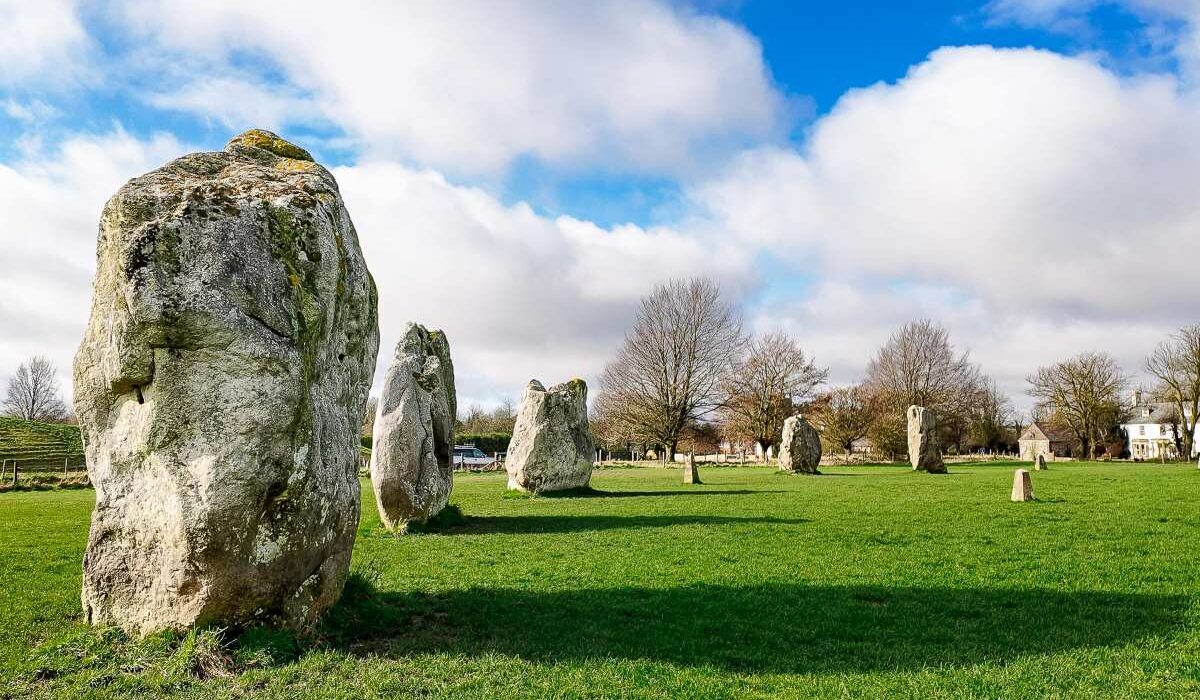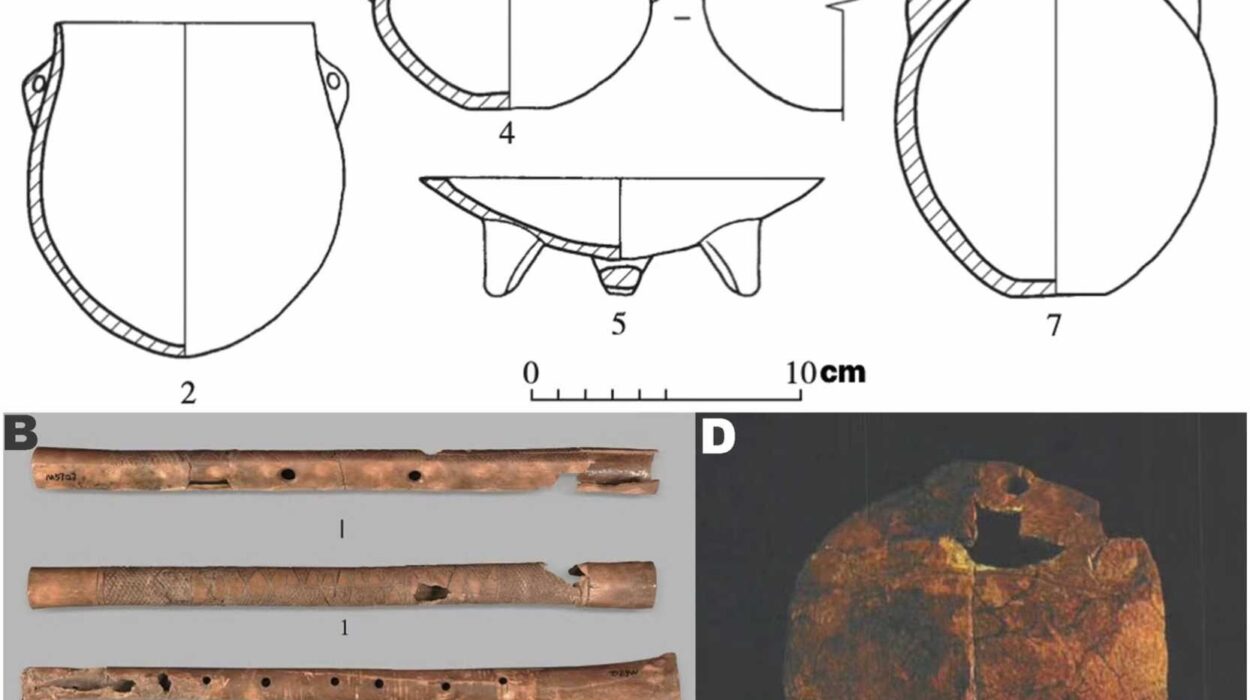Long before kings carved palaces into desert stone, before traders ferried spices over Silk Roads, and even before our ancestors painted bison on cave walls, a small child was laid gently into the earth of a limestone cave on the slopes of Israel’s Carmel Mountains. That child, now known to science as Skhūl I, has become a silent witness to a pivotal chapter in human evolution—a chapter that grows both clearer and more enigmatic with every new discovery.
Nearly a century after the bones were first unearthed, scientists are peering into the child’s skull with 21st-century eyes. And what they’re finding suggests that the story of who we are—and who we once shared the world with—is far more tangled than we ever imagined.
A Discovery That Shook Early Paleoanthropology
It was 1931, and the scent of damp limestone filled the air at Mugharat es-Skhūl, the “Cave of the Children.” Archaeologists Theodore McCown and Dorothy Garrod were digging through sediment layered with millennia of history, about 20 kilometers south of Haifa, when they struck the remnants of humanity’s distant past.
From the cave emerged ten individuals—seven adults and three children—alongside scattered bones from at least sixteen more. Among them was Skhūl I, the tiny skull and bones of a child no older than five. Despite its small size, the skull had a surprisingly large brain cavity of about 1,100 milliliters—roughly the same brain size as a modern human child.
At first, the find was classified as Paleoanthropus palestinensis, believed to be a transitional species between Neanderthals and modern humans. Over the years, the debates raged: Was Skhūl I a proto-Cro-Magnon? A hybrid child of two species? Or simply an early member of our own Homo sapiens lineage?
The bones became an icon of the Middle Paleolithic, a fragment of evidence in the tug-of-war over how many types of humans once roamed the earth—and how they might have intermingled.
The Promise of Modern Technology
Fast forward to the 2020s, and the question still echoes: who was the child of Skhūl?
Dr. Bastien Bouvier and his team have taken the search for answers into the microscopic landscape of bone. Their recent study, published in L’Anthropologie, harnessed CT scans and 3D modeling to reconstruct the fragile, incomplete skull of Skhūl I in unprecedented detail.
Earlier scientists were hampered by the skull’s condition—it had endured post-mortem distortion that warped some of its features. But modern imaging can “see” through the damage, restoring the original contours of ancient bone.
By comparing the digital models to known specimens of classic Homo neanderthalensis and late Pleistocene Homo sapiens, the researchers hoped to finally pin down Skhūl I’s identity.
A Mosaic of Features Across Human Species
The findings reveal a skull shaped by many histories—a fascinating mosaic that refuses to fit neatly into any single species box.
Some aspects of the child’s neurocranium and vascular networks resemble those of Neanderthals, hinting at evolutionary connections between our lineages. But the inner ear structure—the bony labyrinth—leans closer to that of modern Homo sapiens, an organ crucial for balance and hearing.
The base of the skull tells yet another tale. The position of the foramen magnum—the hole where the spine meets the skull—is tilted backward in a way most similar to Homo rhodensiensis (also known as Kabwe I), an ancient human species from Africa. Such a tilt influences posture and perhaps even how the head balanced atop the spine.
Meanwhile, the mandible, or lower jaw, holds secrets of its own. Skhūl I’s inner jaw surface slants backward behind the teeth—a trait common in more archaic humans. A similar backward tilt was seen in another Skhūl child, Skhūl X, around eight years old at death. Even the child’s teeth tell a story: they’re arranged in a wide, rounded arch like Neanderthal children, with one curious detail—a break in the mid-trigoid crest, a ridge uniting dentin and enamel. That feature is typical of Neanderthals but absent in modern humans.
Skhūl I, it seems, was both modern and ancient—a child whose skull carries whispers from several branches of the human family tree.
Caught Between Species—and Identities
The scientific community has long debated the boundaries between Neanderthals and modern humans. Were we distinct species, separated by deep evolutionary gulfs? Or cousins who sometimes met, mingled, and raised hybrid children?
When McCown and his colleague Sir Arthur Keith first studied Skhūl I in the 1930s, they rejected the hybrid idea. They saw no Neanderthal fossils older than Skhūl I in the region to support interbreeding. Yet the skull’s blend of archaic and modern traits demanded a closer look.
Today, we know that interbreeding did happen. Modern humans carry Neanderthal DNA, testifying to ancient liaisons that shaped our genomes. But Skhūl I’s precise ancestry remains elusive. As Dr. Bouvier and his team conclude, there’s simply no way, yet, to assign the child definitively to either Homo sapiens or Neanderthals. Instead, they propose placing Skhūl I in a unique category: the “Skhūl paleodeme,” a population distinct in its own right.
DNA: The Silent Witness Yet Untapped
One tantalizing possibility could settle the debate: DNA. Deep within the petrous portion of the skull—the dense bone near the inner ear—ancient genetic material can sometimes survive for tens of thousands of years. No one has ever extracted DNA from Skhūl I’s neurocranium, but researchers believe it’s technically possible.
Yet there’s a catch.
“No attempt has ever been made to analyze the DNA of the neurocranium; it is sufficiently preserved to allow the removal of bone from the petrous pyramid,” says Dr. Anne Malassé, another researcher on the project. “But this is destructive, and the skull is unique.”
To cut into Skhūl I would mean sacrificing a piece of one of humanity’s oldest known intentional burials. For now, the child’s genetic secrets remain locked away, caught between scientific curiosity and ethical caution.
A Burial Speaks of Community
Perhaps the most moving part of Skhūl I’s story is not the biology but the humanity it reveals. Despite the skull’s perplexing features, the child was laid to rest as a cherished member of the community. Archaeologists found no signs that the burial was marked as unusual or treated differently from those of adults.
“The body was compacted a second time, so it is no longer in the primary position to establish comparison,” explains Dr. Malassé, “but archaeologists have never observed any special treatment of the body before and during its burial that distinguishes it from other individuals.”
In a time when humans were few, and survival was uncertain, the people of Skhūl Cave took time to bury their dead, even the youngest. They honored this child, carrying him or her into eternity with care and ritual.
The Mystery—and Miracle—of Skhūl I
The child of Skhūl stands at the threshold of two worlds, part Neanderthal, part modern, possibly a unique group altogether. The new study only deepens the mystery, reminding us that human evolution did not proceed along straight lines but along braided rivers of connection, separation, and reunion.
Somewhere in the cool darkness of the Carmel Mountains, the spirit of Skhūl I lingers—a tiny ambassador from a time when humans were still becoming who we are. And while we may never know all the secrets hidden in those fragile bones, they continue to whisper a timeless truth: that humanity’s story is richer, stranger, and more intertwined than we ever dared imagine.
Reference: Bouvier, B., et al. A new analysis of the neurocranium and mandible of the Skhūl I child: Taxonomic conclusions and cultural implications, L’Anthropologie (2025). doi.org/10.1016/j.anthro.2025.103385






